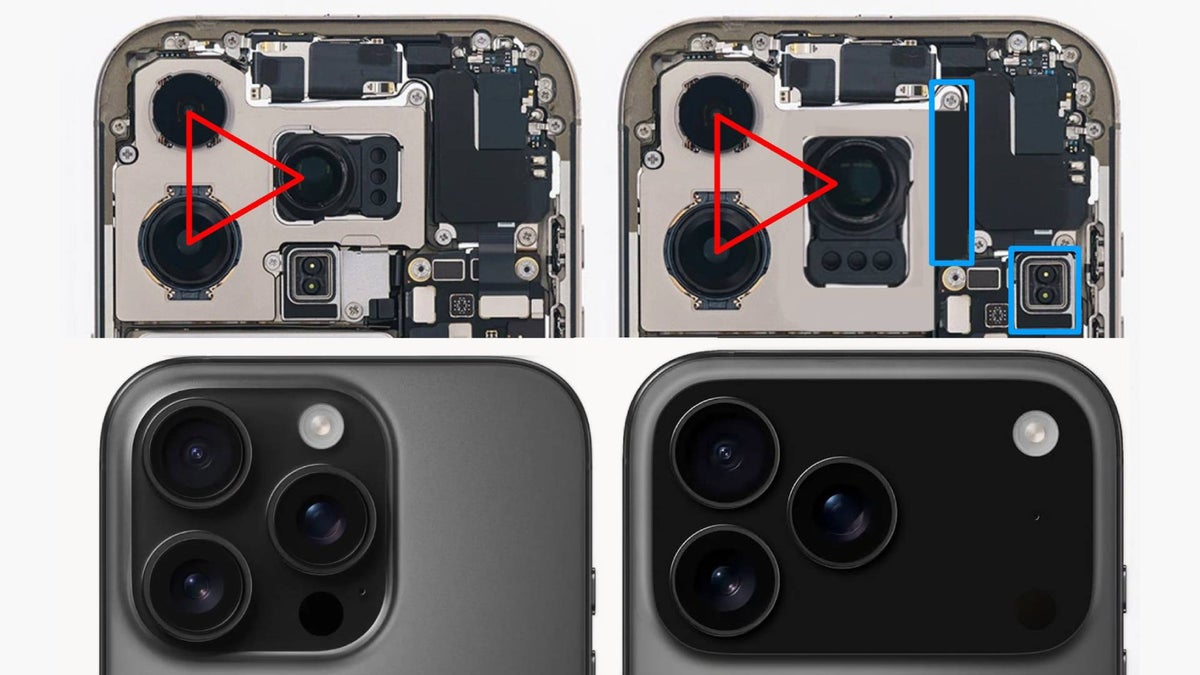Nikon Z7 II vs Z7: How do Nikon's two 45MP mirrorless cameras compare?
Read our Nikon Z7 II vs Z7 head-to-head to find out the key differences between these two full-frame mirrorless cameras
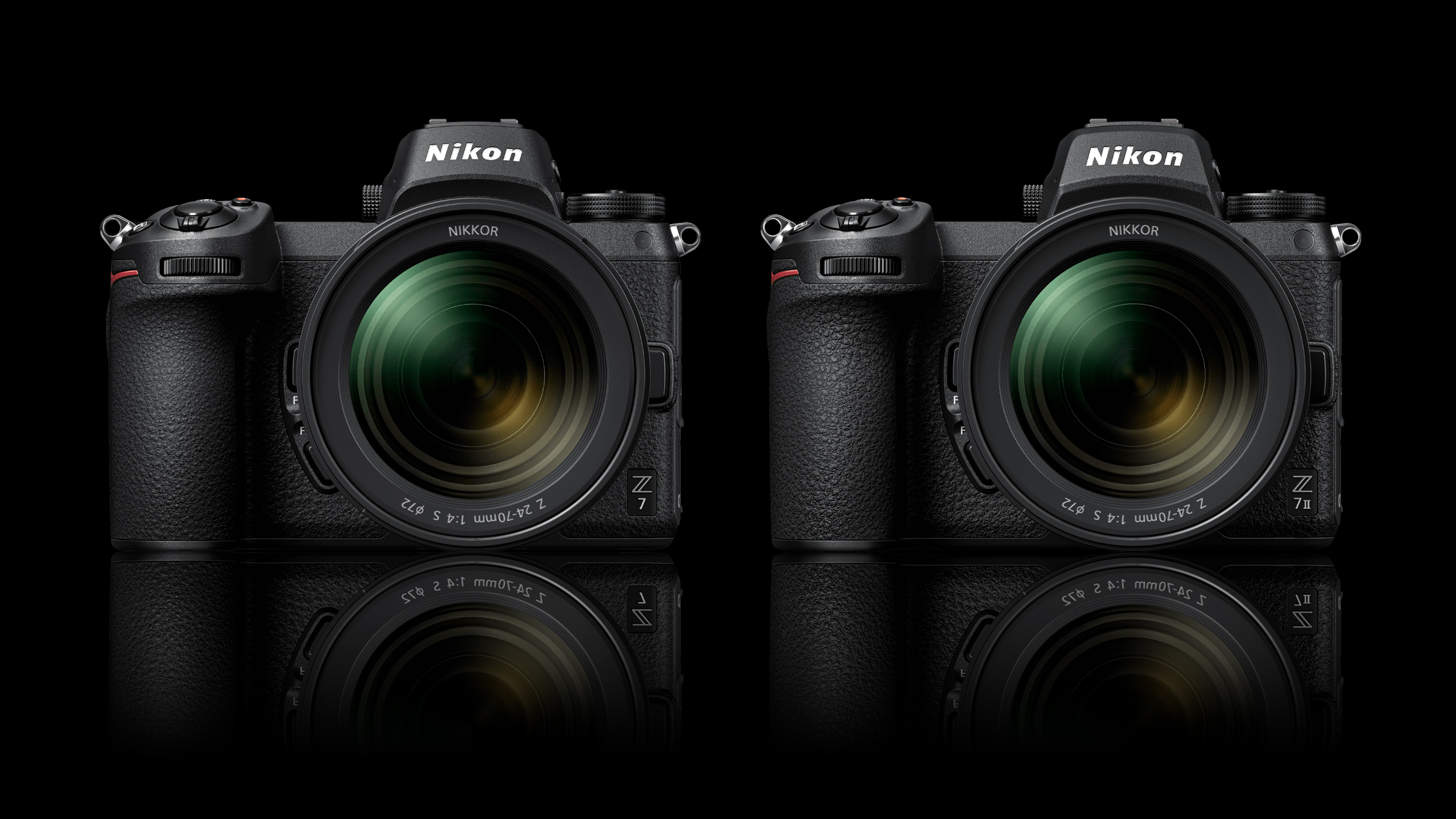
In our Nikon Z7 II vs Z7 comparison, we break down the key differences of these two full-frame mirrorless models to help you decide if the newer camera is worth extra investment.
Coming just over two years after the original Nikon Z7 was launched, the Z7 II is an evolution of that camera, rather than a complete redesign. To that end, Nikon's opted to keep the design pretty much unchanged (with one key difference that we will get onto in a moment). That's no bad thing as we've always been impressed with the handling of the Z7 (and Nikon Z6 for that matter that also shares the same design), while Nikon's also not been tempted to tinker with some of the key ingredients inside either. There's the same 45.7-megapixel full-frame back-illuminated sensor that we saw with the Z7, while the ISO range of ISO64-25,600 (expandable to ISO32-102,400) remains the same as well.
• Read more: Best mirrorless cameras
Dig a little deeper though and there's been a number of improvements and refinements to the features Z7 II that when all combined, will make it that much more attractive compared to the original Z7.
With the Z7 likely to be sticking around for a bit longer, will the Z7 II warrant the extra investment? Let's take a look at the main differences that you need to consider when looking to buy a Nikon Z7 II or Z7...
Nikon Z7 II vs Z7: Burst shooting
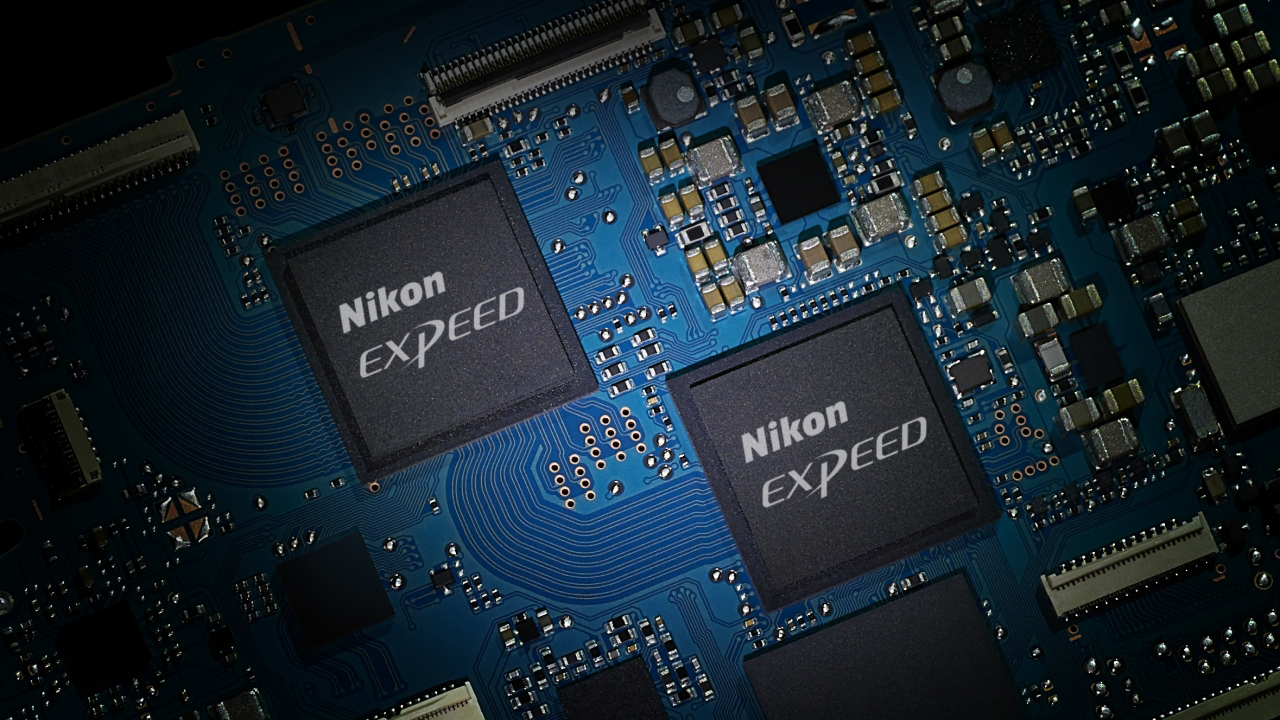
While resolution remains the same at 45.7-megapixels, the Z7 II gets the benefit of an additional EXPEED 6 processor. By doubling the processing power of the Z7 II over the original Z7 has seen burst shooting speeds increase from 9fps to 10. As before with the Z7, there is a slight caveat in that this speed is only possible if you’re shooting 12-bit raw files and using a single AF point.
The additional processing power of the extra chip also sees the Z7 II able to clear its buffer much faster than the Z7, with Nikon claiming it to have up to 3.3x the buffer capacity (shooting 12-bit lossless compressed raw files to a CFexpress card).
Nikon Z7 II vs Z7: Video

Nikon has boosted the video credentials of the Z7 II over the Z7, which now sees the newer camera capable of shooting 60p 4K footage (up from 30p on the Z7). This can be recorded internally, but one slight drawback of shooting at this faster frame rate is the small 1.08x crop applied. This is due to the Z7 II using 93% of the width of the sensor when shooting at 60p.
If you’re sending footage to an external recorder, the Z7 II has the option to output ready-to-view Hybrid Log Gamma (HLG) footage for viewing on HDR TV sets (at a maximum of 4K/30p).
Nikon Z7 II vs Z7: Recording media
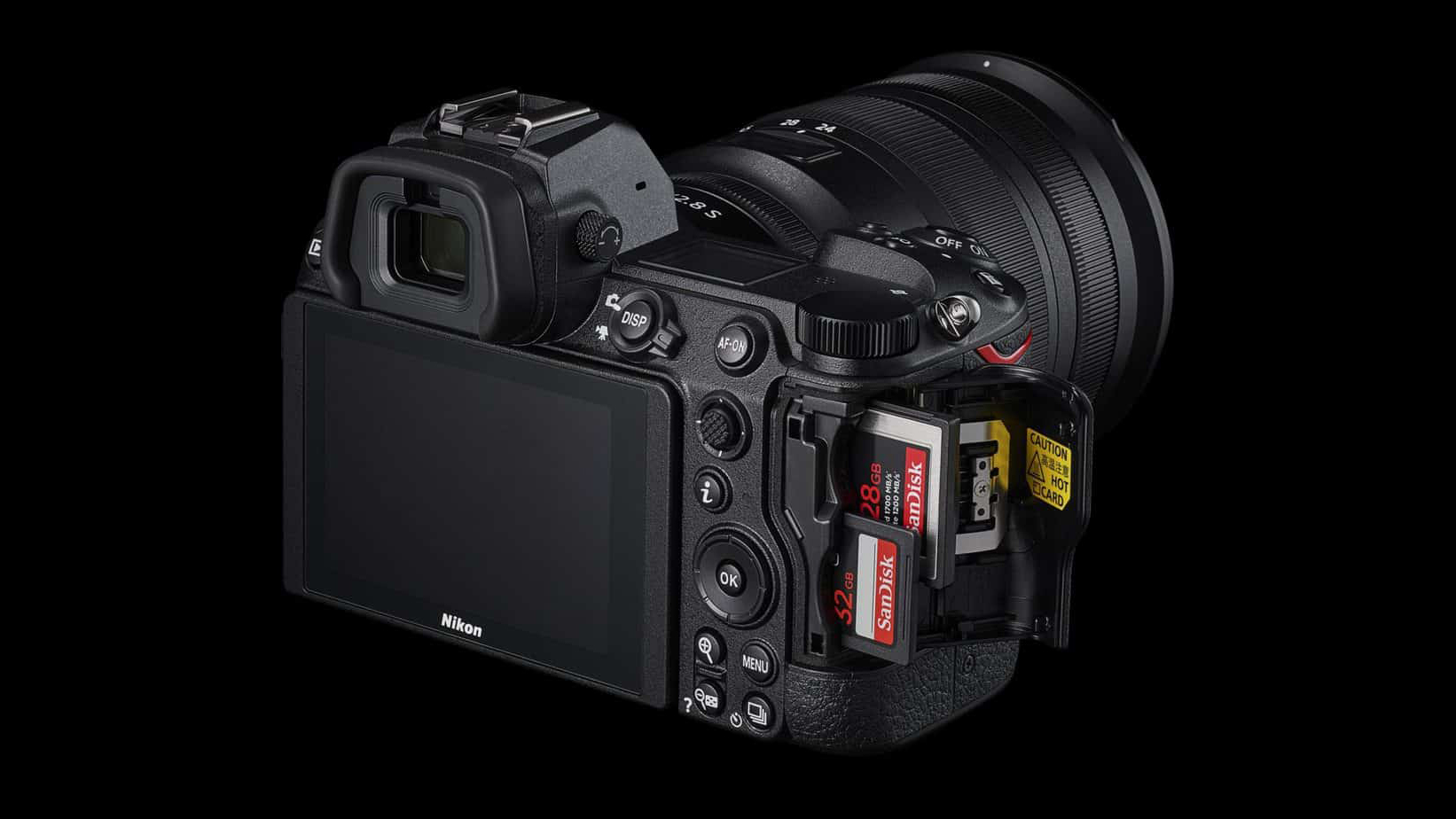
The Z7 II now features dual card slots and is certainly the most visible change between the two cameras. This sees the welcome addition of a UHS-II SD card slot to accompany the single XQD/CFexpress Type B socket that the Z 7 features.
While XQD/CFexpress cards are incredibly reliable, the single card slot was one of the few negatives directed at the Z 7 when it was launched, so it's nice to see Nikon’s listened to feedback and added in this extra slot.
The extra slot means for some workflow can be streamlined, with the second slot providing options to act as a simultaneous backup, overflow or a place to record JPEGs while the XQD/CFexpress slot takes care of raw files.
Nikon Z7 II vs Z7: Autofocus
The Z7 II enjoys the same 493-point AF system that was found in the Z7 that covers 90% of the frame, but there have been some notable improvements.
This includes human or animal eye/face detection now available in the Z7 II’s Wide area AF modes. That might not sound that remarkable in itself, but the clever bit here is that it now lets you limit the zone of face/eye detection to the part of the frame you want to focus on, which should make it that bit easier to select your subject.
On top of this, Nikon also claims that it has managed to improve the overall performance of the AF system, which will be most notable when focus tracking is active, while the Z7 II is better at focusing in low light. This sees the Z7 II capable of autofocusing in light levels as poor as -3EV compared to the Z7’s -2EV rating. There’s also a low-light AF mode that can be activated to focus down to -4EV, but this is the same as the Z7.
Nikon Z7 II vs Z7: Battery
Though real world performance was found to be much better, the Z7 had a disappointing claimed battery life compared to many of its rivals. This was rated at a very modest 330 shots (though Nikon didn’t make clear if this was using the LCD display or viewfinder) and up against competition like Sony’s A7R IV that could stretch to 670 shots on a single charge (using the LCD display), was left a little wanting.
The good news is that The Z7 II uses a higher capacity version of the battery, with the new EN-EL15c battery offering 420 shots per charge with the LCD, and 360 shots through the viewfinder. There’s also an energy saving mode that can boost performance by a further 5% if needed.
Nikon Z7 II vs Z7: Battery grip
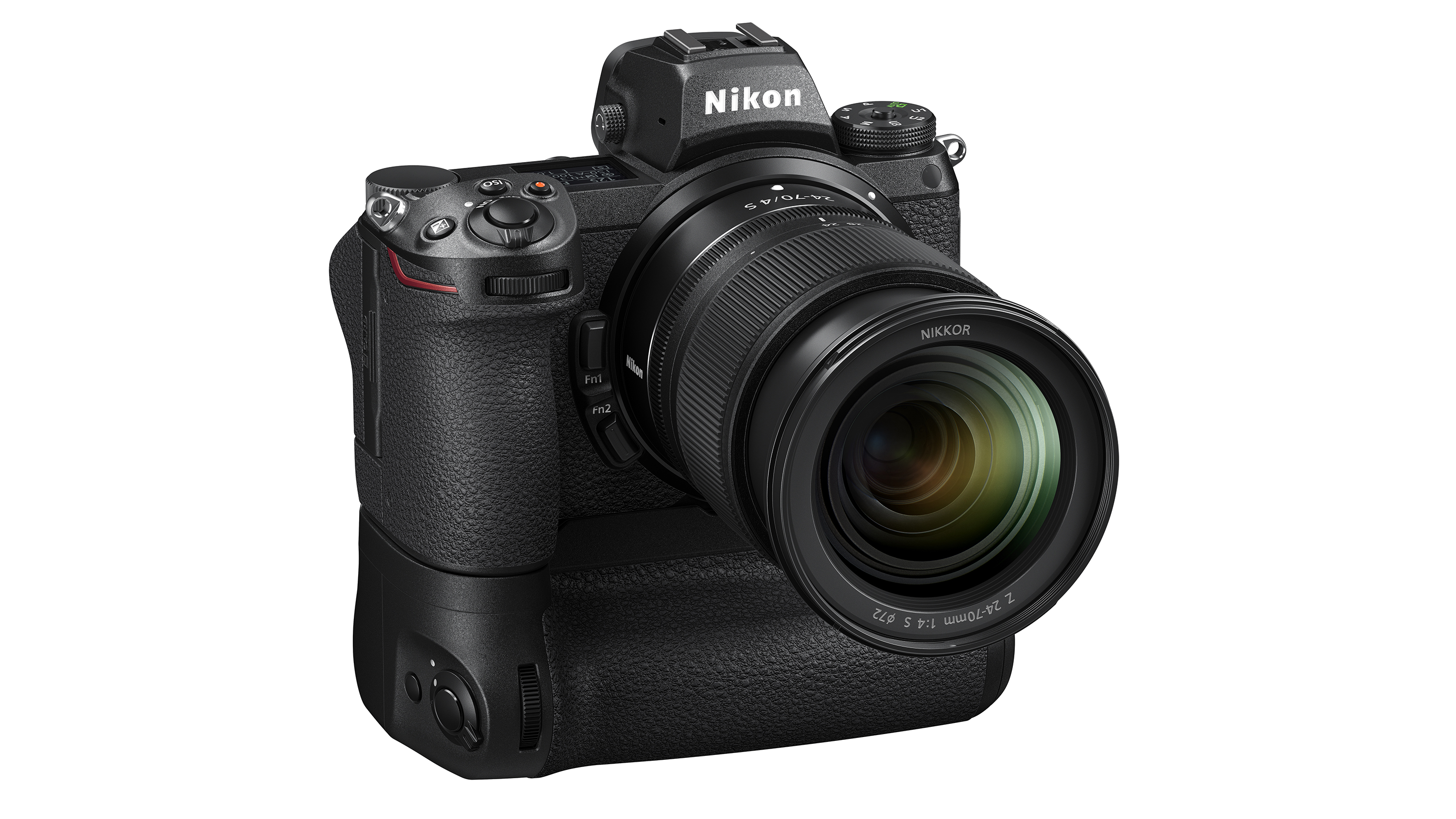
While Z7 had an optional MB-N10 battery grip available, it was a pretty simple design that lacked duplicate controls. The Z7 II however gets a new MB-N11 battery grip that duplicates the main controls of the Z7 II including shutter release, command dials, Fn button and AF joystick. This makes it a much more versatile package for vertical shooting (especially if you’re shooting portraits regularly), but there are some other benefits as well. The MB-N11 will house two batteries that increases battery life by 1.9x over a single cell, while the outermost battery can be replaced without needing to take the battery tray out that will be really handy for those shooting video. There’s also a USB type C socket to power the camera should you wish as well.
Read more:
Nikon Z5 review
Nikon Z6 review
Nikon Z6 II review
Nikon Z7 review
Nikon Z7 II review
Nikon Z50 review
Best Nikon Z lenses: the best lenses for the Nikon Z5, Z6, Z6 II, Z7, Z7 II and Z50
Nikon Z lens roadmap
Get the Digital Camera World Newsletter
The best camera deals, reviews, product advice, and unmissable photography news, direct to your inbox!
Phil is the Managing Editor of Top Ten Reviews, and is a former Editor of Techradar's camera channel. He is an accomplished photographer, and specializes in shooting cycling and fast cars.

